
Grey Goo Review
Real-Time Strategy is, almost, a forgotten genre. Yes, there are a few shining examples of RTS brilliance dotted around the PC gaming space - Company of Heroes 2 perhaps being the best, most recent example. Yet compared with the glory days of the genre in the late ‘90s/early 2000s, the scene is in a pretty dismal state. It’s not so much that the games available are bad (although some certainly are), there’s just a pure lack of them available. Strategy gamers are stuck with a select group of franchises that don’t really move from their comfortable established grounds. Which is a really long, elaborate way of saying that Grey Goo is a welcome addition to the gaming space. An original RTS title with some interesting ideas - now that’s something we haven’t seen for quite some time.
What’s more, Grey Goo is a game in the vein of the classic RTS titles that inhabited the ‘90s. It’s all very Command & Conquer from beginning to end. Build a fully functioning base using resources drained from on-map pools, then gather an army and send it over to the enemy base, all while maintaining control of the map’s various resource pools. It’s familiar stuff, but conveyed and presented with a strong modern influence so as to make it much more interesting for those who don’t have experience with those older strategy titles. Of course, that’s not to say those who’ve been waiting for a new C&C should avoid Grey Goo, far from it, in many ways it’s the perfect game to tide you over until EA pulls its finger out.
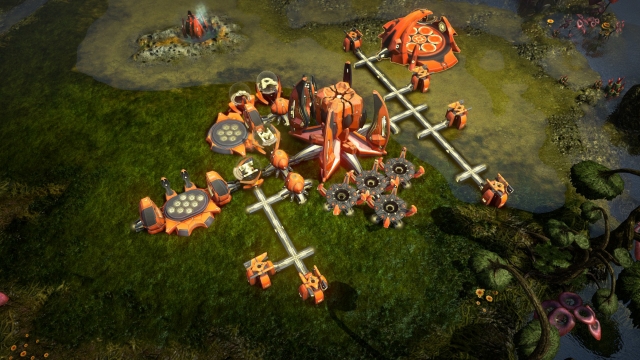
It’s a pretty standard set-up: the main campaign initially sees the player take command of The Beta, a multi-handed alien race who field a neatly convenient selection of light, heavy and air units in battle. The battle in question being an attack from an unknown enemy who also have their own light, heavy and air unit system going. So The Beta must defend their homeland from the invading (really obvious spoiler) Humans as well as the eponymous Grey Goo that the Humans have unwittingly brought along for the ride. It’s worth mentioning that the game features some surprisingly well done cutscenes. It’s not something RTS games are typically known for, but some great voice acting and absolutely incredible character models make them worth watching, even if the story itself is more than a little cliché.
Seriously though, the faces of the characters are uncanny valley material. It took me a few moments to realise that Petroglyph hadn’t gone totally C&C with live action cutscenes. For an RTS game it’s obviously not a big deal as you’ll spend most of your time on the battlefield, but it certainly helps establish the theme and feel of the game. It’s a feel that’s pretty on point too. Each faction has its own UI, which mostly work in the same way but look totally different, and the units are all very different, which means no reskinned units for each faction. Of course, this helps on a gameplay level too as each of the three factions presents rather different ways to play the game. Plus, the campaign lets you play with each one; a move that far too few RTS titles make, or have made in the past.
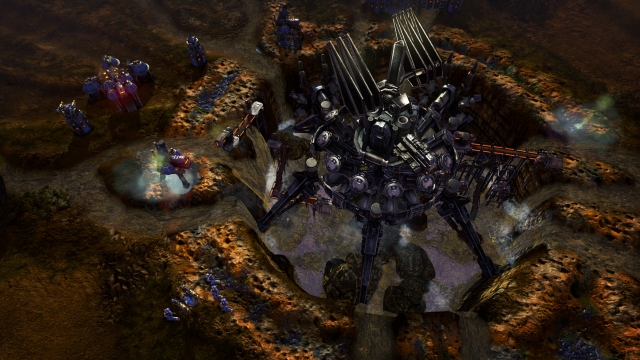
The campaign will guide you through the mildly entertaining story and also act as a tutorial of sorts - although that doesn’t mean it’s easy. Not a chance. If there’s one feature in particular that relates Grey Goo to the RTS titles of gaming past, it’s the difficulty of the campaign. The game initially sets the difficulty to easy for good reason. Some missions, especially towards the beginning when you’re learning the ropes, can be punishingly difficult. There’s nothing wrong with that of course, in fact it’s nice to see a modern strategy game that’s willing to test its players from the off. What is an issue, however, is the rather random ‘wave of difficulty’tm that sees the challenge spike and ease in a rather random order. There’s no gradual build, just randomly dotted levels of varying difficulties. It’s unusual, and probably not an active decision on the developer’s part, so it often proves to be a pain, especially when a level is frustratingly easy.
The gameplay itself is good. The Beta and Human races work like almost any other base-building RTS faction ever, with unit production buildings fitting in alongside some slightly different arrangements like teleporters and building upgrades that allow you to create different units. They’re good fun to play around with and building a base is just as fun as sending all your units in to kill the enemy. Compared with games like Company of Heroes and Men of War there’s not a lot of micromanagement, you’ll spend most of your time in battle just directing a huge group of units to attack another group of units (the size of which generally determining their fate). You still need to balance your troops, but the fact that you can control a lot at once does make it very difficult to have a proper battle strategy outside of base building and choice of units.
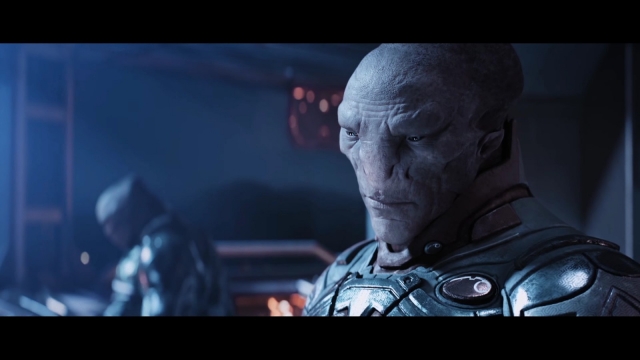
Very different, and rather separate, however, is the Grey Goo itself. The Goo doesn’t create a base, instead it begins with a Mother Goo which can be placed on resource pools in order to spawn fighting units as well as more Mother Goos. It’s a cool system that takes a fair bit of getting used to, but that learning period is a good part of the fun. You’ll adjust eventually and start using the Goo just like the other factions, but the way they have to be managed across a game (be it in the campaign or in a skirmish) is pleasantly unusual. Enough to hinge an entire game on it? Certainly not, so it’s a good job Petroglyph recognised this and provided the typical factions to provide a counterpoint to the weird Grey Goo.
Outside of the campaign (which takes around 15 hours to complete) there’s a skirmish mode as well as a functional online multiplayer feature. Games in Grey Goo are pretty fast and frantic; the win typically goes to the player who gets their house in order first and can implement the right combination of units at the right time. There aren’t any particularly unique game modes or maps, which is a shame considering the Goo theme, but it’s enough to provide a bit of extra fun once the main story is over. The multiplayer is unlikely to hook most players due to a lack of meta-stuff going on at the same time (we have, afterall, all become rather addicted to XP), but it’s a worthy effort nonetheless.
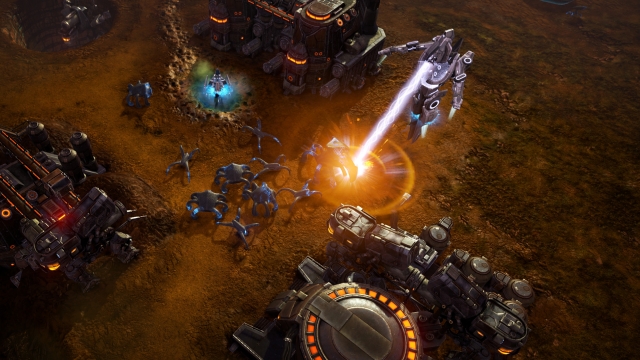
Grey Goo often feels like a celebration of a past era. Yet a combination of new mechanics, great visuals (not just the cutscenes by the way) and some innovative faction design keep it updated and relevant to the modern strategy scene - as dire as it is. There are elements that drag it down: rather dismal sound design is a primary culprit and the story could have been developed a little more. The lack of modes in skirmish is also a little disappointing. What’s more, there seems to be a frustrating crash bug hitting a lot of players during the current launch period. Still, these issues don’t prevent Grey Goo from making a good impression overall. You may not get as much time out of it as you would with the likes of Red Alert 2, but for the time you’re involved it’s a neat little RTS title that has some good ideas and can provide a great challenge.
Grey Goo (Reviewed on Windows)
This game is great, with minimal or no negatives.
You may not get as much time out of it as you would with the likes of Red Alert 2, but for the time you’re involved it’s a neat little RTS title that has some good ideas and can provide a great challenge.


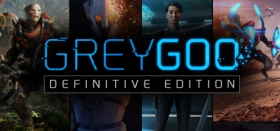







COMMENTS